ERP Purchase module streamlines the entire life cycle of the procurement and purchase process including purchase of raw materials, awarding orders to suppliers, billing and supports continuous and integrated active processing of purchase orders, the entry of goods receipts and invoice verification.
Depending on the specifics of the customer, this module of the ERP system can trace the purchasing process starting from the estimate of supplies needed, through specific stages of the supply orders, incoming tax documents, managing the reception of goods and finalizing by linking to other modules: WMS, accounting, sales, stocks etc.
Enterprises purchase multiple types of materials from different vendors in varying quantities and require a multi-featured ERP purchase module. The profit an enterprise earns can be optimized with a functional user friendly ERP Purchase module.
There are 6 phases that make up an ERP implementation project: Discovery and Planning, Design, Development, Testing, Deployment, and Ongoing Support. Though this is an iterative process, there will be a tendency for phases to overlap, and for movement back and forth between phases.
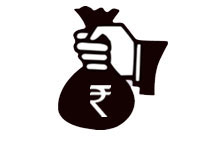
This first phase begins during the sales process and then continues post-sale.
Discovery and Planning
This first phase begins during the sales process and then continues post-sale. During this period, the project team will be created. There will be initial meetings and documentation developed as the team works to identify current issues and potential solutions.
An important part of this phase is constructing the project plan, which will serve as a guide throughout the rest of the project.
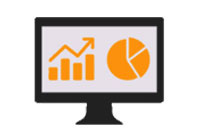
The dashboard shows short, summarized and visualized reports and charts.
Design
We’re not talking about painting the office or rearranging furniture. Instead, what will the new enterprise-wide system look like and how will it be used in the organization?
In the ERP Design phase, the project team and implementation team will be working out the various configurations for the new system, defining roles, and documenting standard procedures.
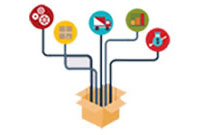
The dashboard shows short, summarized and visualized reports and charts.
Development
The purpose of the development phase is to prepare the entire system for going live. This includes activities such as completing any necessary customizations, developing user trainings, and importing data.
With ERP implementations, like any custom software development projects – “First, Solve the problem. Then, write the code.”
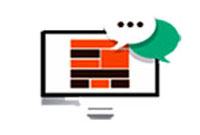
ERP stands for 'Enterprise Resource Planning
Testing
Is the system’s functionality aligning with the set requirements for the project? The Testing and Development phases will often overlap, as the implementation and project teams jump between the two constantly fine tuning the configuration.
By the end of this phase, project team members will be comfortable doing their jobs in the new system. This is the final step before diving into the live system.
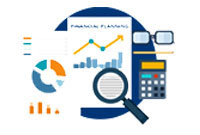
ERP stands for 'Enterprise Resource Planning
Deployment
The project team and implementation team will assess the situation and make the final go or no-go decision. Prior to going live, the final data will be loaded and validated.
The project team will train other employees who will then start working in the new system, and completely stop using the old one.

ERP stands for 'Enterprise Resource Planning
Ongoing Support
Once the ERP system has gone live, the purpose of the project team will shift. Over time, as the way the users work within the system evolves, adjustments and changes to the system configuration may be needed.
We have included all of these steps in much greater detail in the free e-book which you can download below. PC Bennett has been implementing ERP systems and providing ongoing ERP support for companies since 2002 and we are happy to assist as we know it can be a large endeavor.

